
One of the major accounting complications faced by wineries is extensive regulatory compliance (and its changes). These corporations must abide by various rules and laws, far more than any other industry. If you’re also struggling with numbers, go over this article to learn more about the wine industry’s accounting complications. This method is often used in more basic costing models and for smaller wineries; however, it can still be used in more complex costing models of larger wineries. In order to know your cost of goods sold (COGS) in a period you must first know what it cost you to produce those wines—this is referred to as the Cost of Goods Produced (COGP). We offer a broad range of services to help clients secure a sound financial future.
Labor
One thing that should NOT generally be included in income is sales tax and tips collected from customers. These should be broken out from sales revenue and recorded in liability accounts. You could dump all your revenue into one account called “Sales” and call it good. This might be adequate for tax purposes, but it is fairly useless when you are trying to compare how your tasting room is doing compared to your wholesale channels. For example, if the area dedicated to packaging takes up to 30% of your total facility floor space, you can apportion 30% of your total rent and building insurance to package. Conversely, utilities are usually broken down by actual consumption per production stage, unless all departments are using nearly equal amounts of energy.

Tips for managing and valuing your inventory
A physical count is typically performed monthly or quarterly and should coincide with the end of each reporting period. Occasionally, certain regulatory or contractual requirements may dictate that inventory counts be performed more often than once per reporting period. At a minimum, wineries should perform a complete physical inventory count at the end of each fiscal year. Each cost center will have direct costs, direct labor, and overhead costs. See Accounting for the Cost of Making and Selling Wine for details on how facilities costs can be allocated. The next step is to create internal reporting protocols to appropriately record COGP and develop a process and rationale for costs to be assigned to specific lots or blends and allocated between departments.
Bookkeeping & Payroll
- It’s also essential to understand the needs and reporting requirements of the users identified in Step 1.
- By maintaining detailed financial records, vineyard managers can identify cost-saving opportunities, plan budgets more effectively, and improve overall financial health.
- These clubs involve subscription-based plans, wine delivery allocations, and complicated payment cycles.
- SPID and FIFO costing are the most common methods used in a winemaking environment, especially because wine is typically vintage-based and tracked down to the individual wine stock-keeping unit (SKU).
- Subscription pricing means that you will always know what you are paying and you won’t get a bill every time you pick up the phone to call us.
Knowing which category or categories you fall into will help ensure that you track the correct numbers. That way, you can price your products correctly and avoid having a loss for your business.
- In the competitive wine market, sound accounting practices can significantly influence profitability and operational efficiency.
- Join 500+ wine business owners in the know, getting the latest accounting news in the wine business.
- Protea provides services to take over the burdens and responsibilities of finding, managing, and training an accountant or bookkeeper for businesses and free up proprietors’ time, so they can focus on building their businesses.
- This overview is followed by several concrete examples of special accounting and tax issues that can affect wineries and vineyards, as well as fraud schemes that are present in the industry.
- A strong, industry-focused tax strategy can help identify potential tax opportunities to take advantage of areas where you could reduce your tax exposure.
Accounting for the Cost of Making and Selling Wine

Wineries are unique operations, and their accounting and bookkeeping must be unique to match. Getting bogged down or lost trying to handle it all in-house is a recipe for subpar growth, or worse. Winemaking costs vary considerably because of the variations in varietal production processes and aging requirements.
An accrual is an accounting entry that records income you’ve earned but haven’t received, or an expense you’ve incurred but haven’t paid. Next, develop detailed and thorough costing protocols for different varietals, blends, and labels. Not all wines are made the retained earnings balance sheet same way—some require months to make, others years to make; some wines spend time in oak barrels, others don’t. Aim for continuous learning with the Innovint financial health webinar. If you are short on time, we prepared some of our favorite points when you need a quick read.
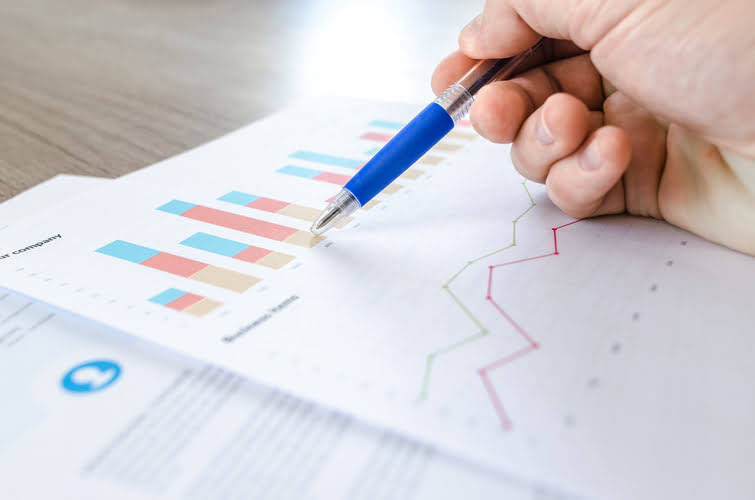
Revenue/Income accounts
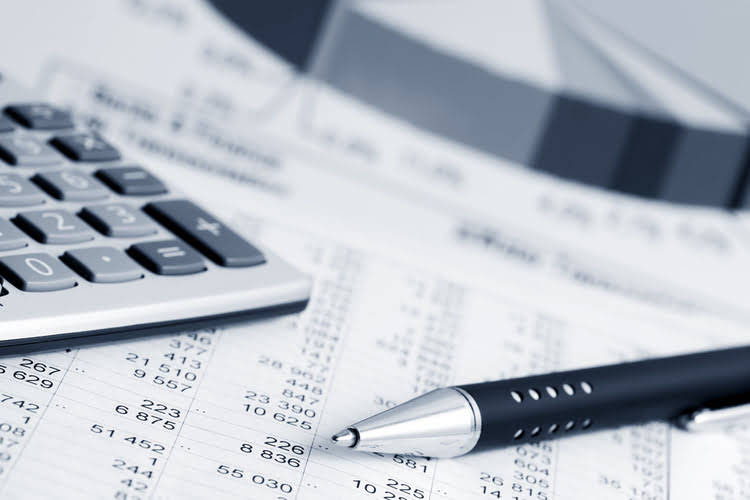
It’s ideal to establish departments that correspond to the natural flow of the winemaking process. It’s also essential to understand the needs and reporting requirements of the users identified in Step 1. GAAP basis and may even request a report from an independent CPA to provide various levels of assurance as to the company’s compliance with U.S. In the wine industry, a suggested best practice in accounting for https://www.facebook.com/BooksTimeInc COGS is to follow U.S.
- When it comes to keeping accounts of vineyards, cash or accrual accounting can be done.
- We can help up build a tax strategy customized to the specifics of your business needs with R&D Tax Credits, Disaster Relief Tax Credits, Tangible Asset Incentive Services, and more.
- Protecting against raw materials fraud can be challenging, but being aware of the possible types of frauds possible is a good start.
- We also like to list out rent accounts separately, one for each property or building we are renting.
- Over time, they reveal hidden insights that lead to smarter business decisions.
- Hence, keeping a firm track of all the changes requires specialized accounting skills.
Ongoing communication between the winemaking staff and accounting staff is critical to establishing accurate inventory values and COGS calculations. This article is part of a three-part series on the cost of goods sold—a key metric that can help wineries understand their profit margins. In our previous article we provided an overview of how to calculate it and why it matters. Here, we’ll dive into steps for setting up a system and practices to derive this metrics.
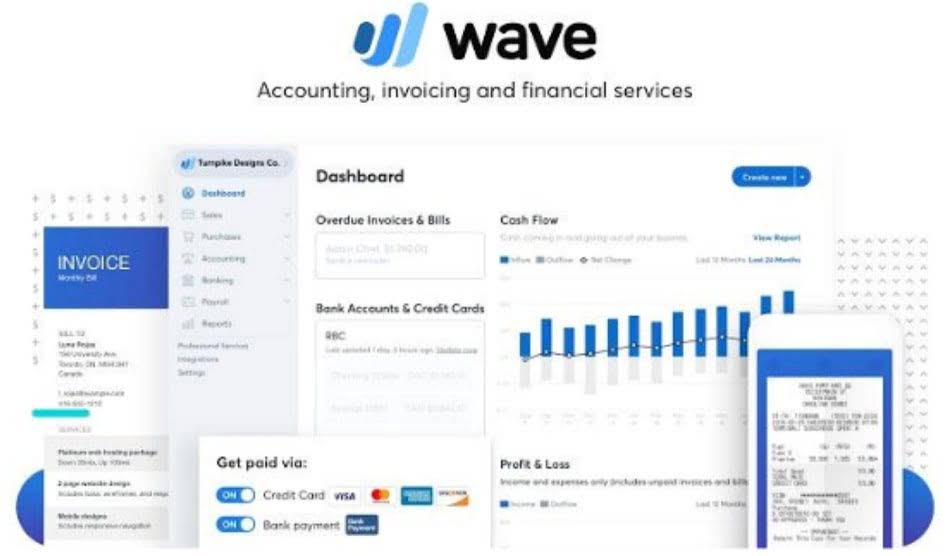
When managing a winery, one of the most crucial decisions you’ll make is how to winery accounting handle your accounting. It’s not just about keeping the IRS at bay; it’s about gaining insights into your business to make strategic decisions that enhance your profitability and growth. Let’s dive into the core differences between accrual and cash accounting methods, and how choosing the right accounting method framework can significantly impact your winery’s management. For each period, enter the labor, materials and overhead costs into their respective accounts and cost centers. These account entries will be recorded as “debits” and the cash or accounts payable account will be credited. Then at the end of the period, the appropriate costs are transferred to inventory by crediting the contra-account and then debiting inventory in the amount of costs incurred during the period.

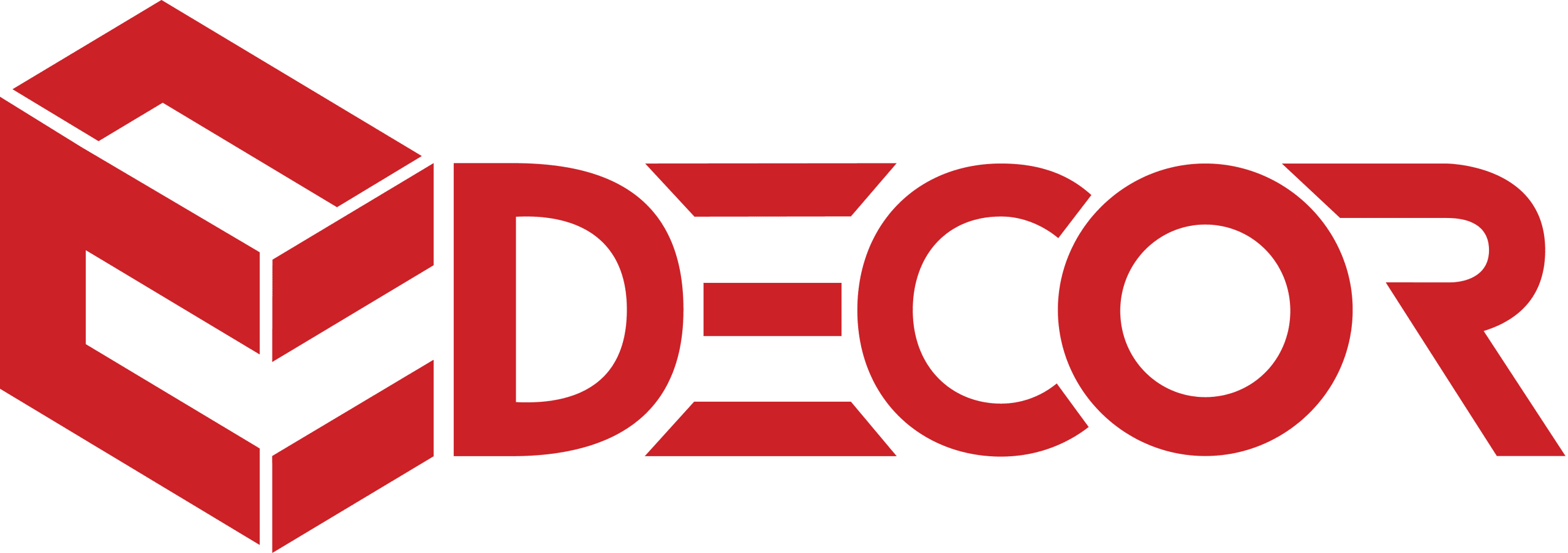


 Round Rugs
Round Rugs 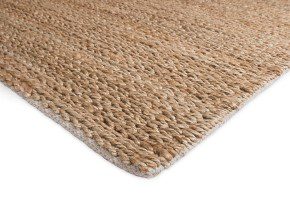 Wool Rugs
Wool Rugs  Vintage Rugs
Vintage Rugs 


 Carpet Tiles
Carpet Tiles  Carpet
Carpet 
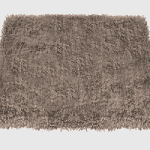 Embossed Rug
Embossed Rug  Plain Rug
Plain Rug 
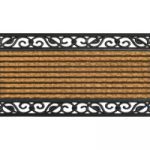 2.5'*4'
2.5'*4'  2'*3'
2'*3'  3'*5'
3'*5'  5*7.5
5*7.5 







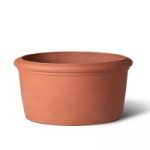
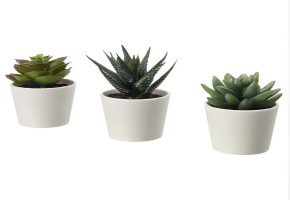
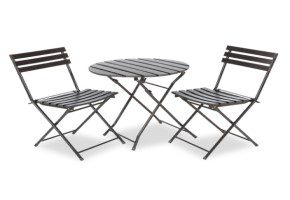



 Artificial Grass
Artificial Grass  Mats
Mats 
 Soil
Soil  Fertilizer
Fertilizer  Pesticides
Pesticides